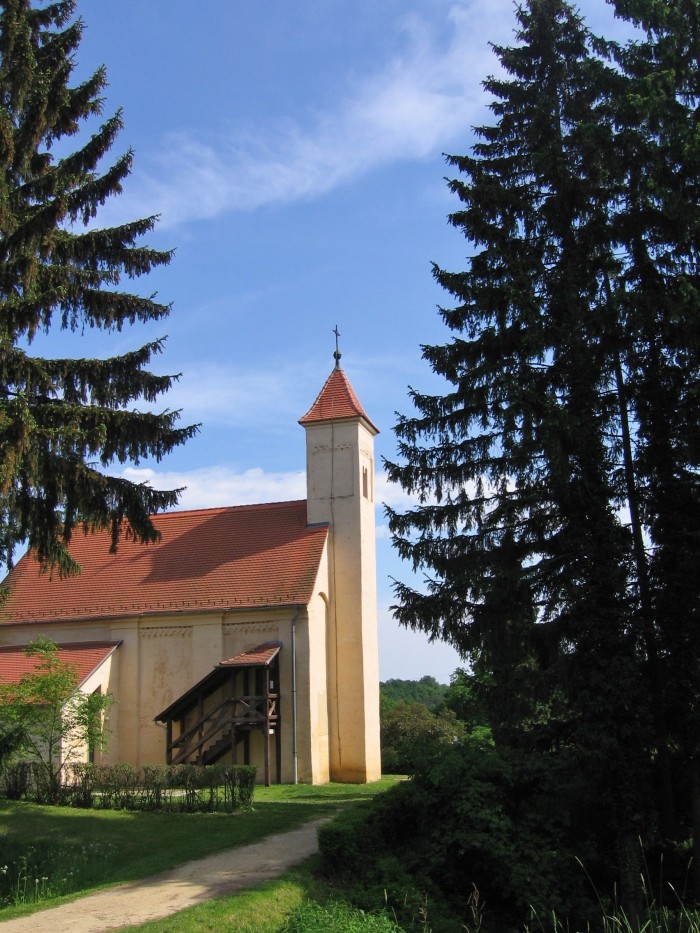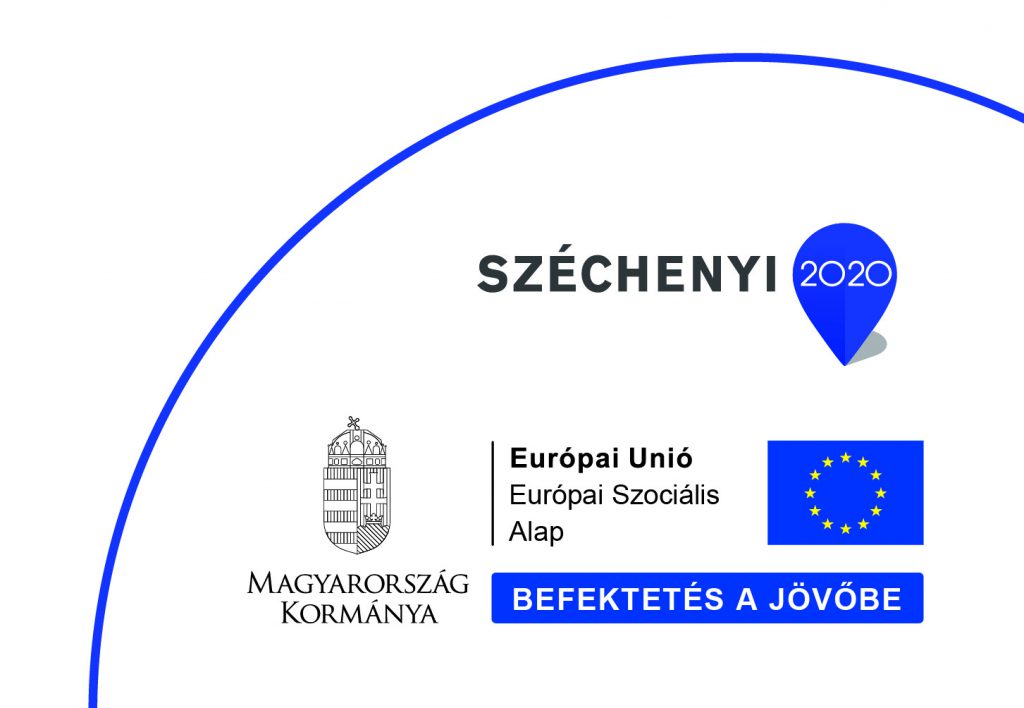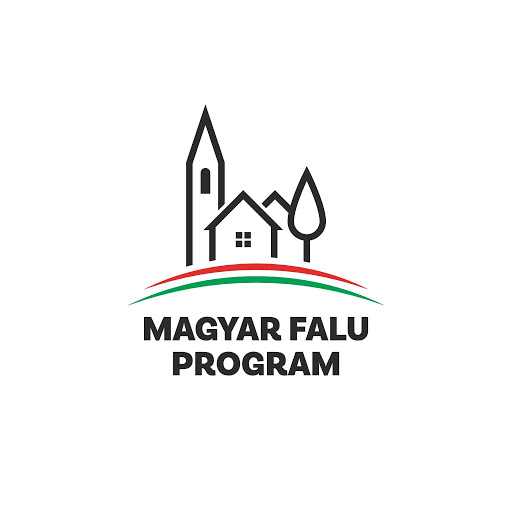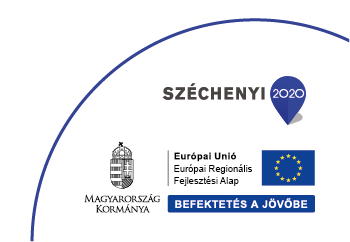Az őriszentpéteri katolikus templom pontos alapítási időpontját nem ismerjük, de a stíluskritikai megfontolások alapján a XIII. század második negyedére tehető. A XIII. századi téglatemplom lényegében a mai hajóval és toronnyal volt azonos. Szentélye félköríves záródású volt, melynek ívét a padlózatnak az 1975-81-es régészeti kutatások utáni helyreállítása jelzi is. Az eredeti épületből maradt fenn a torony, a díszes déli kapu, az ablakok és a gazdagon ékesített párkányzat. A XV. században készült a jelenlegi szentély, északi falában a szentségházzal, és a kettős lépcsőzésű, pilléres kiugrású diadalív. A török előrenyomulásával a templomot erősséggé tették. Körbeárkolt sáncfalat emeltek helyben égetett téglából. 1570 körül az Őrség népe földesurait, a Batthyányakat követve református hitre tért át. A freskókat Őriszentpéteren is lemeszelték, s helyükre, a belső falakra a Károli Gáspár-féle bibliafordításból való idézetek kerültek. A templom 1732-es visszakerülését a római egyházhoz barokk stílusú belső átalakítás követte.

The exact foundation date of the Catholic Church of Őriszentpéter is unknown, but based on architectural style, evaluation considerations it is estimated to be in the second quarter of the 13th century. The brick church built in the 13th century essentially comprised of the present nave and steeple. The sanctuary was circular-ended, the curve of which has been shown on the floor since the renovations after the archaeological research works carried out between 1975 and 1981. What have remained of the original building are the steeple, the ornamented souther gate, the windows and the richly decorated cornice. A with lesenes or pilaster strips made from brick. The 15th century saw the making of the present sanctuary with the tabernacle in the north wall, and the triumphal arch withits double stairs and pillar. With the advancement of the Turkish troops the church had been converted into a fortified building. A protective wallhad been built with a moat all around, using locally baked bricks. Around 1570 the people of the Őrség region, following their landlords, the Batthyánys, had converted to the reformed faith. The frescos had been white-washed also at Őriszentpéter and replaced on the internal walls with quotations from the Bible translated into Hungarian by Gáspár Károli. ln 1732 the church had again become the property of the Roman Catholic Church, followed by an internal reconstruction carried out in the Baroque style, of which only the altarpiece made by Martinus Midiel has survived till thepresent day.









